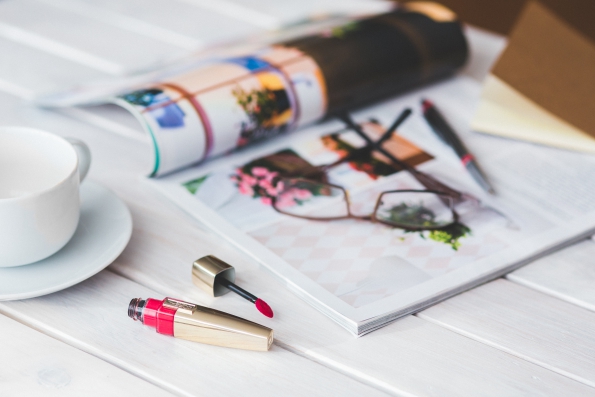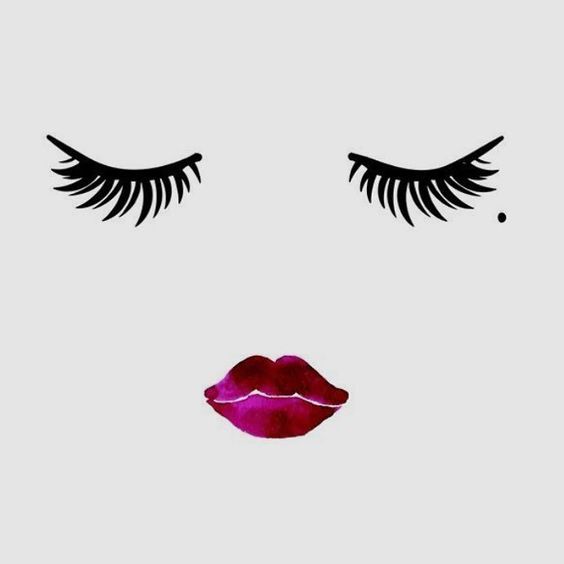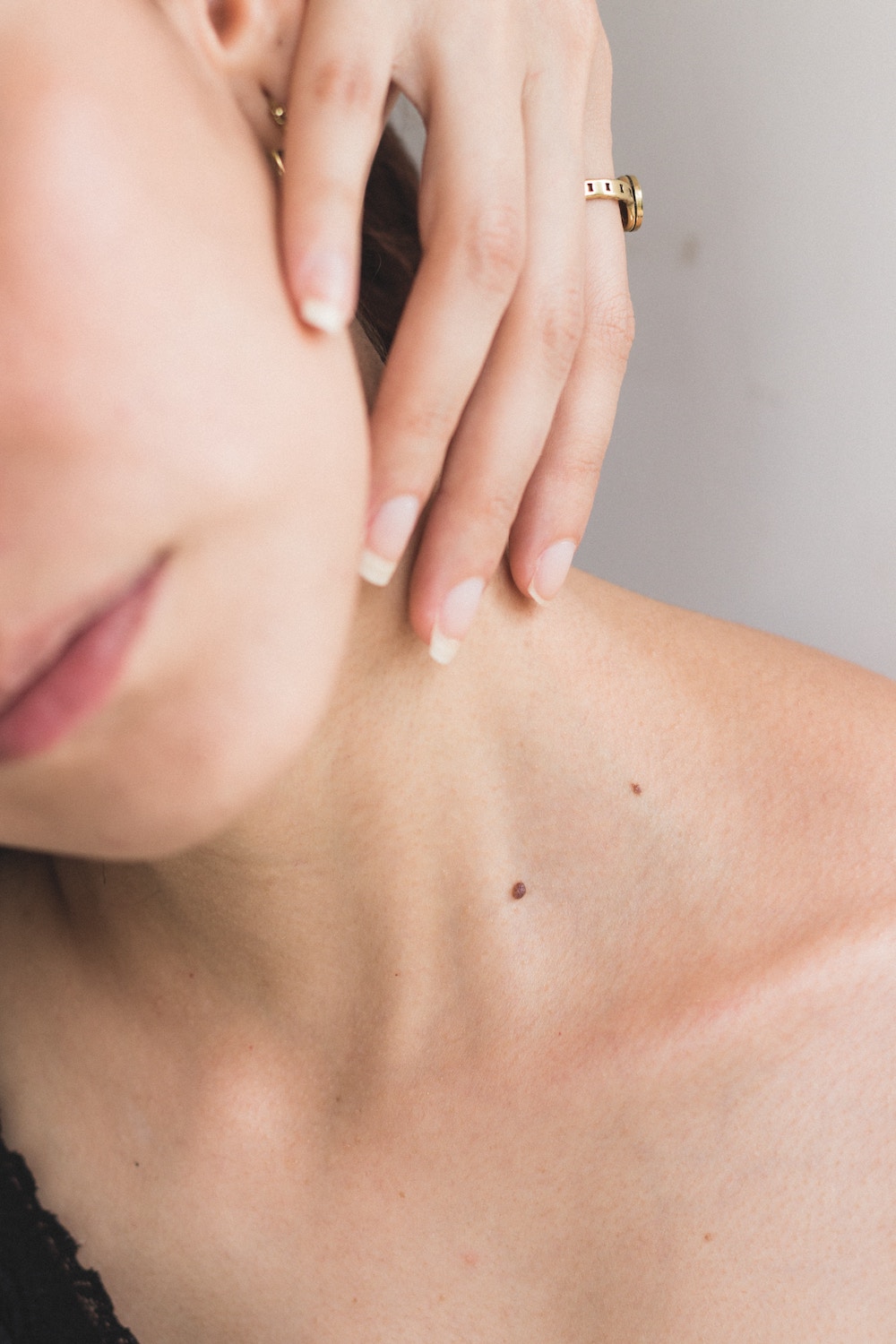
Over the course of Peaceful Dumpling’s tenure, we’ve published several pieces that touch on parabens and why they should be avoided. Many of our writers (including myself) have suggested that’s is safest to avoid parabens in your beauty products because parabens have been associated with the preservative’s estrogenic effects.
While I still minimize the number of products I use that contain parabens, I thought I’d share some interesting findings concerning parabens’ apparent safety. Although shedding light on the debate, questions, and possible misconceptions surrounding parabens may not lead us to a final answer, hopefully it will help you make an informed decision about the place of parabens in your beauty arsenal.
Where it all began:
Rewind to 2004. Researchers Philippa Darbre and Philip Harvey in their literature review for the Journal of Applied Toxicology state: “The ability of parabens to enable multiple cancer hallmarks in human breast epithelial cells provides grounds for regulatory review of the implications of the presence of parabens in human breast tissue.” From this statement, I hear: parabens are in breast tissue, and parabens may play a role in cancer. After this review and a study titled “Concentrations of parabens in human breast tumors,” several members of the media got the same impression and thus began parabens’ years of media attention. But this was a misunderstanding according to Darbre: “Carcinogenicity was not considered in this study [“Concentrations”] and the presence of parabens was not claimed to cause breast tumors.” In other words, at no point did her team’s research conclude that parabens cause breast cancer. Unfortunately, it seems to be the human condition to assume simple conclusions from rather nuanced results and misinterpret science.
Since 2004, parabens have been the subject of a slew of scientific research, yet despite the reassurance that parabens have not yet been linked to breast cancer, concerned consumers have raised questions about parabens’ estrogenic effects. A 2005 study examined this issue and found that the estrogenic effects of parabens are 10,000 times weaker than the effects of phytoestrogenic foods like blueberries, carrots, soybeans, and yams. (That said, parabens in cosmetics likely come from a synthetic source while the phytoestrogenic properties of certain foods are 1.) not created in a lab and 2.) part of a whole food—a distinction that may continue to turn people off of parabens whether or not they believe parabens are mostly safe.)
Because studies have not shown a direct link between parabens in cosmetics and breast cancer, the US FDA and Health Canada agree that consumers shouldn’t be concerned about the presence of parabens in everyday products. Many people still prefer to play it safe, however, citing the presence of parabens in breast tissue and noting that just because a link between parabens and breast cancer hasn’t been discovered, doesn’t mean a link doesn’t exist.
Other things to consider:
Breast cancer is just one element of the parabens safety debate. First, estrogenic concerns aside, there’s the matter of methylparaben and UVB radiation. A 2006 study determined that methylparaben can age skin when exposed to UVB rays. Not so good for your anti-gaining regimen.
Second, dermatologists in the pro-parabens camp point out that some products (particularly water-based products) require preservation. Without the presence of preservatives, some products may be more susceptible bacteria (not the good kind) and have a significantly reduced shelf life. While some beauty brands opt for other preservatives, some of them “food grade,” the scientific community may not have done extensive research on all of the alternatives.
Not all parabens are the same according to regulatory agencies. The EU and the ASEAN countries (including Singapore, Indonesia, Thailand, and others) have all banned isopropyl-, isobutyl-, phenyl-, benzyl-, and pentylparaben. Moreover, the EU limits concentrations of propyl- and butylparaben in products. These parabens are also prohibited in leave-on diaper-area products for children younger than three years old.
A final note on products. Even if you are of the belief that parabens are safe for everyday use, I still urge you to read the ingredients label. Not always (but often!), a product containing parabens may also contain a combination of cheap and sketchy ingredients that aren’t doing your skin any favors. For example, if the first ingredients of a toner are water, alcohol, red 5, perfume, and methylparaben, you’re not getting a beauty product. You’re getting pretty water that may ever so subtly irritate your skin. I love natural beauty products (not the green-washed ones) as much for what they do contain as for what they leave out.
What’s your stance on parabens?
Related: Why BPA-Free Plastic May Be Dangerous
Organic Skincare Lines: Jollification Review
Going Bare with Healthy, Polish-Free Nails
Best Formaldehyde-Free Nail Polish Brands
Get more like this—Subscribe to our daily inspirational newsletter for exclusive content!
__
Photo: Kaboompics




